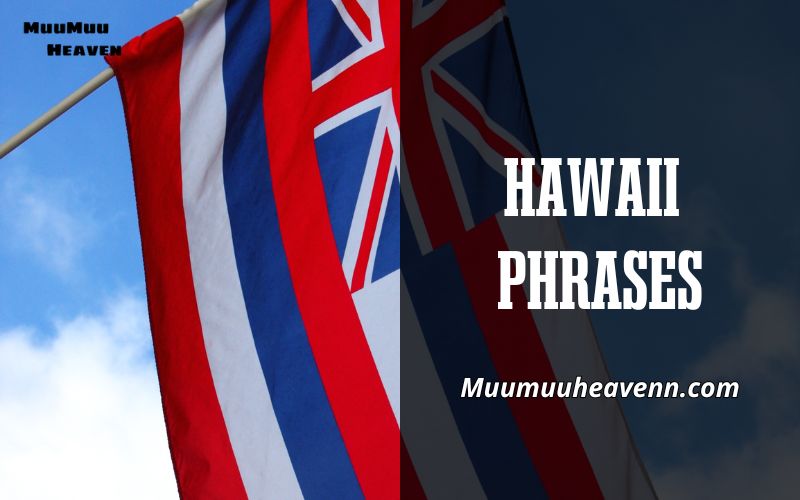Welcome to Muumuuheaven, your go-to spot for mastering Hawaiian phrases! Whether you’re planning a trip to the islands or just love the language, we’ve got you covered.
Get ready to learn key phrases that will not only impress locals but also deepen your connection with the beautiful Hawaiian culture. Let’s dive into the aloha spirit together!
Contents
- 1 Essential Hawaiian Phrases for Travelers
- 2 Pronunciation Guide for Hawaiian Words
- 3 Understanding Hawaiian Pidgin and Slang
- 4 Hawaiian Proverbs and Their Meanings
- 5 FAQs about Hawaii Language Phrases
- 5.1 What are the Hawaiian words for male and female?
- 5.2 How do you say Welcome in Hawaiian?
- 5.3 What are some essential words related to Hawaiian food?
- 5.4 How do you indicate direction in Hawaiian?
- 5.5 What are some cultural Hawaiian words to know?
- 5.6 How do you compliment food in Hawaiian?
- 5.7 What are some basic phrases for navigating social interactions?
- 5.8 What is the Hawaiian word for wine, and why might it be useful?
- 6 Conclusion
Essential Hawaiian Phrases for Travelers

Aloha: The Heartbeat of Hawaiian Greetings
Aloha! It’s more than just a word; it’s the heartbeat of Hawaiian greetings, embodying love and a warm welcome. When you wear a Hawaiian shirt, you’re not just donning a piece of clothing; you’re embracing the Aloha spirit.
This phrase, deeply rooted in Hawaiian culture, is your key to connecting with the locals. Whether you’re saying hello, goodbye, or expressing love, Aloha is your go-to word, reflecting the Hawaiian lifestyle of compassion and recognition.
Mahalo: Expressing Gratitude, Hawaiian Style
Next up in your Hawaiian language toolkit is Mahalo, a beautiful expression of gratitude. As you explore the islands, use this phrase to thank everyone from your tour guide to the barista who serves your Kona coffee.
Mahalo isn’t just a word; it’s an acknowledgment of the kindness you’ve received, a fundamental aspect of Hawaiian interactions. Remember, a simple Mahalo can go a long way in showing respect and appreciation for Hawaiian culture.
Ohana: Understanding Family and Community
In Hawaii, Ohana means family, but it’s more than just blood relations. It’s about the broader sense of community and belonging. When you’re part of the Muumuuheaven family, you’re part of our Ohana.
This term symbolizes the interconnectedness valued in Hawaiian society, reminding us that we’re all part of a larger community. Embrace this concept, and you’ll feel right at home in the islands.
As a traveler, understanding directional terms like Mauka (toward the mountains) and Makai (toward the ocean) can be incredibly helpful.
These terms are not just directions; they’re a way of life, deeply connected to the Hawaiian respect for nature. Whether you’re hiking up a volcano or heading to the beach, these words will guide your adventures in Hawaii.
A Hui Hou: Farewells with a Promise
When it’s time to say goodbye, A Hui Hou is the phrase you’ll want to remember. Meaning until we meet again, it carries the hope and promise of future encounters.
This farewell is not just a phrase but a reflection of the Hawaiian belief in enduring relationships and the continuity of connections.
Pronunciation Guide for Hawaiian Words
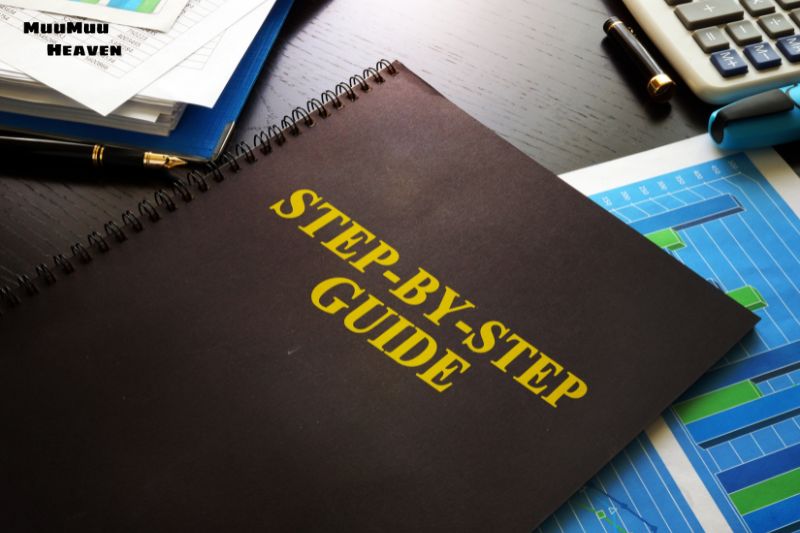
Navigating the beautiful sounds of the Hawaiian language can be as delightful as slipping into your favorite Muumuuheaven shirt. Let’s break down the basics, so you can speak these words with the same ease and confidence.
The Vowel Symphony
- A (ʻā): Like the ‘a’ in father. Picture saying Aloha as the sun sets on a Hawaiian beach.
- E (ʻē): Resembles the ‘ay’ in say. Think of expressing E Komo Mai (welcome) to guests at a luau.
- I (ʻī): Similar to the ‘ee’ in see. Imagine calling out to the Honu (sea turtles) in the clear Hawaiian waters.
- O (ʻō): Sounds like the ‘o’ in so. Visualize chanting Ohana during a family gathering.
- U (ʻū): Echoes the ‘oo’ in moon. Envision whispering Mahalo Nui under the Hawaiian moonlight.
Consonants with Character
- H, K, L, M, N, P, W: These are pronounced much like their English counterparts. When you say Hana Hou (one more time), feel the rhythm of each consonant.
- ʻ (ʻOkina): A unique glottal stop, like the break between oh-oh. It’s the hidden charm in words like ʻOno (delicious).
Combining Sounds with Grace
Hawaiian words often flow like a gentle wave. Remember to:
- Pronounce each vowel and consonant distinctly.
- Pay attention to the ʻokina and kahakō (macron), as they can change meanings.
- Practice with common phrases like Pau Hana (after work) or A Hui Hou (until we meet again).
Understanding Hawaiian Pidgin and Slang
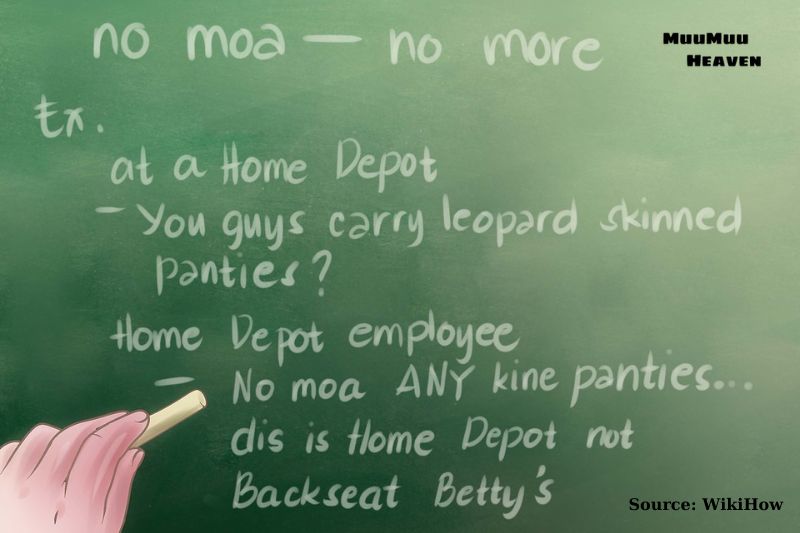
The Colorful Language of the Islands
Just like every Muumuuheaven shirt tells a story with its vibrant patterns, Hawaiian Pidgin and slang paint a vivid picture of the islands’ diverse culture. Born from a melting pot of languages, Hawaiian Pidgin is as unique and colorful as Hawaii itself.
Origins of Hawaiian Pidgin
- A Blend of Cultures: Hawaiian Pidgin originated during the plantation era, a linguistic cocktail mixed from English, Hawaiian, Portuguese, Filipino, Chinese, and Japanese.
- A Language of Necessity: It evolved as a practical way for workers of different backgrounds to communicate, turning into a symbol of identity and belonging.
Common Pidgin Phrases
- Da kine: This all-purpose phrase can mean anything from whatchamacallit to a specific, unspoken thing, depending on the context.
- Talk story: A casual chat or a catch-up session. It’s about sharing stories, much like how we share the stories behind our Muumuuheaven designs.
- Grindz: Delicious food, something you’d definitely enjoy at a Hawaiian barbecue.
- Pau: Finished or done. Like when you’ve had your fill of surfing for the day.
Slang with a Hawaiian Twist
- Shaka: A friendly gesture, often used to convey the Aloha spirit – a symbol of friendship and understanding.
- Howzit: A common greeting, equivalent to How’s it going?
- Broke da mouth: Describes incredibly delicious food, something so good it’s almost indescribable.
Pidgin in Modern Hawaii
- A Living Language: Far from being just a relic of the past, Pidgin is spoken widely across the islands today. It’s a vibrant part of modern Hawaiian culture.
- A Mark of Identity: Speaking Pidgin is a badge of local identity, a way to connect with the Hawaiian spirit.
Embracing the Local Vernacular
Understanding and using some Pidgin phrases can enrich your experience in Hawaii. It’s about more than just communication; it’s about connecting with the heart and soul of the islands. So next time you’re conversing with a local or enjoying the laid-back Hawaiian lifestyle, sprinkle in some Pidgin.
It’s a surefire way to show your appreciation for Hawaii’s rich cultural tapestry, just as we celebrates this diversity through every piece of clothing.
Hawaiian Proverbs and Their Meanings
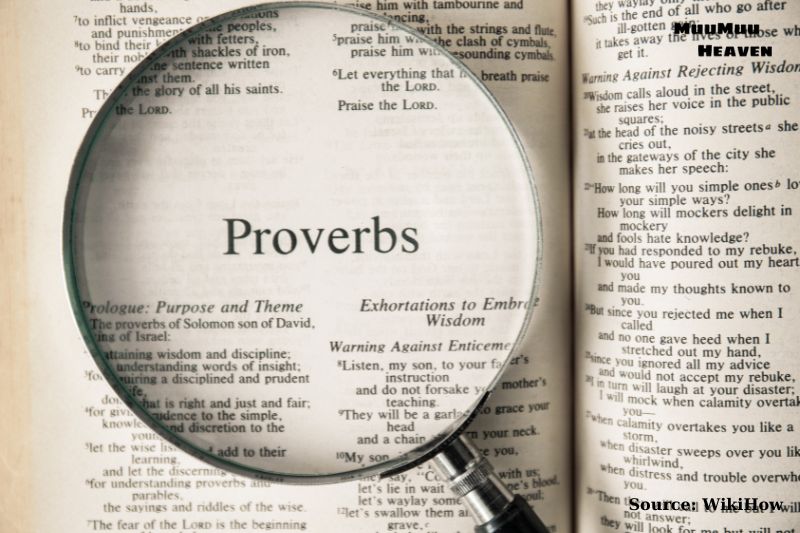
Wisdom Woven Through Words
In Hawaii, proverbs aren’t just phrases; they’re the threads that weave the fabric of local wisdom, much like how each our garment tells a story of the islands.
These proverbs, or ‘ōlelo no’eau, offer insights into the Hawaiian way of life, reflecting the depth and richness of the culture.
Proverbs That Reflect the Hawaiian Spirit
- ʻAʻohe puʻu kiʻekiʻe ke hoʻāʻo ʻia e piʻi: Translated as No cliff is so tall it cannot be climbed, this proverb speaks to the resilience and determination inherent in the Hawaiian spirit. It’s a reminder that no challenge is insurmountable, echoing the perseverance that goes into creating each unique Muumuuheaven piece.
- Ua ola loko i ke aloha: Meaning Love gives life within, this proverb underscores the importance of love and compassion in nurturing the soul. It’s a sentiment that resonates deeply in Hawaiian culture and is reflected in the warm, welcoming nature of the islands.
- Hele me ka puʻolo: This means Always take an offering with you. Make every person, place, or condition better than you left it always. It’s a call to contribute positively to the world, much like how Muumuuheaven strives to add beauty and joy through sustainable fashion.
The Teachings of Nature
- ʻAʻohe hana nui ke alu ʻia: Translating to No task is too big when done together, this proverb emphasizes the value of teamwork and community, a core aspect of Hawaiian life.
FAQs about Hawaii Language Phrases
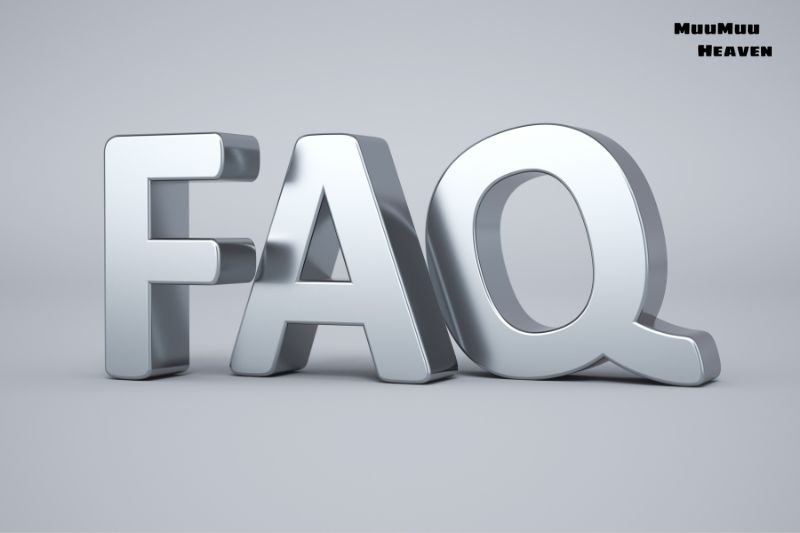
What are the Hawaiian words for male and female?
Male is Kāne, and female is Wahine.
How do you say Welcome in Hawaiian?
Welcome can be expressed as E komo mai.
Delicious is ‘Ono, and Food is kaukau. Drink is inu, Hungry is pololi, and to eat is ʻAi.
How do you indicate direction in Hawaiian?
Mauka (toward the mountain) and Makai (toward the sea) are used for directions.
What are some cultural Hawaiian words to know?
Hula is a traditional Hawaiian dance, Lū’au refers to a traditional party or feast, Lei is a necklace of flowers symbolizing peace and friendship, and Ohana means family.
How do you compliment food in Hawaiian?
You can say ‘Ono grinds to compliment delicious food.
Aloha is used for hello or goodbye, E kala mai for excuse me or sorry, and A hui hou for when parting, meaning until we meet again.
What is the Hawaiian word for wine, and why might it be useful?
Waina is the word for wine, useful for ordering in restaurants or attending tastings.
Conclusion
Thanks for joining us at Muumuuheaven to explore the enchanting world of Hawaiian words and phrases. We hope this guide has sparked a deeper interest in Hawaii’s rich culture and language.
Remember, each phrase you learn is a step closer to the heart of Hawaii. Keep practicing, and soon you’ll speak like a true kama’aina (local). Aloha and until next time!

